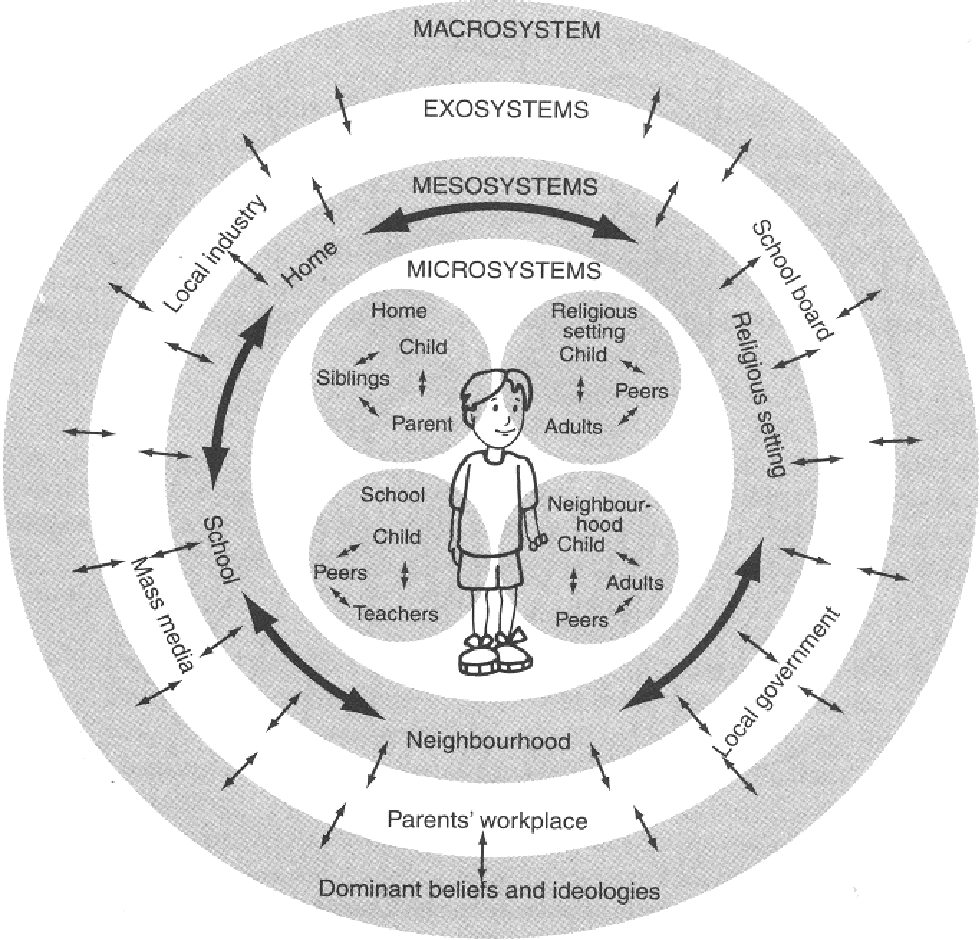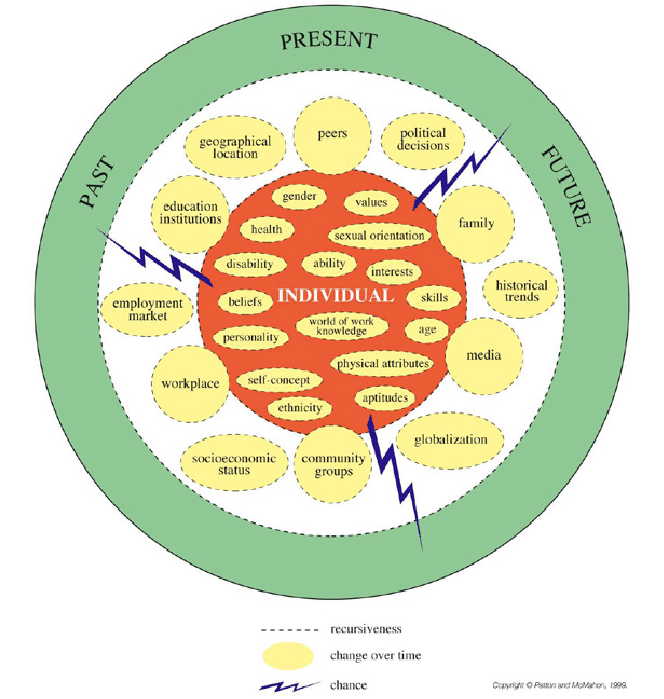
In a world where leadership styles and approaches vary greatly, the concept of transformative leadership has emerged as a powerful force that not only promotes growth and progress but also cultivates an environment where every individual’s voice is valued and heard. This is beautifully encapsulated in the poignant quote by Andy Stanley, which emphasises the importance of listening as a fundamental trait of effective leadership. The connection between transformative leadership and Donna Mertens’ transformative paradigm offers a fresh perspective on leadership, highlighting the significance of providing a platform for all voices to be heard.
Understanding Transformative Leadership
Transformative leadership can be described as a style that goes beyond traditional leadership practices. It revolves around creating positive change, not only within the organisation but also in the lives of its members. A transformative leader is not confined to authority and command; rather, they actively engage with their team to empower, inspire, and foster personal and collective growth. This approach focuses on building relationships, empathy, and trust, with a primary goal of unleashing the potential of each individual.
Listening as a Cornerstone
Andy Stanley’s quote holds a significant truth: leaders who fail to listen eventually find themselves surrounded by a silence that speaks volumes. Listening is not merely a passive act; it’s an active effort to understand and empathise with the perspectives of others. Transformative leaders recognise that every voice carries valuable insights, and by truly listening, they bridge the gap between themselves and their team. This practice creates an atmosphere of inclusivity, where opinions are acknowledged, and collaboration flourishes.
Donna Mertens’ Transformative Paradigm
The transformative paradigm, as espoused by Donna Mertens, aligns beautifully with transformative leadership principles. At its core, the transformative paradigm recognises that everyone possesses a unique voice, and the key lies in creating equitable platforms for those voices to be heard. It not only acknowledges diversity but actively promotes it as a means to foster innovation and progress. By giving each individual the choice to share their thoughts, the transformative paradigm aligns with the essence of transformative leadership – nurturing an environment that values the contribution of all.
Transformative Leadership in Action
In practice, transformative leadership takes various forms. A transformative leader actively seeks feedback from their team and acts upon it to drive improvements. They encourage open dialogue, enabling team members to express their opinions without fear of retribution. Such leaders promote skill development and growth, ensuring that individuals have the tools to thrive. Moreover, transformative leadership involves setting an example by embracing change and adapting to challenges, inspiring others to do the same.
As the sun rises on a new day, the connection between transformative leadership and the voices that yearn to be heard becomes clearer. Andy Stanley’s quote serves as a reminder that leaders must prioritise active listening to cultivate an engaged and empowered team. Donna Mertens’ transformative paradigm aligns seamlessly with this philosophy, emphasising the importance of equitable platforms for all voices. By embodying these principles, transformative leaders pave the way for not only personal and professional growth but also for a harmonious and inclusive environment where everyone’s voice matters. Let us be those leaders who not only listen but also amplify the voices that surround us.
Below are my top tips to help you become a Transformative Leader
Develop Active Listening Skills:
Start by honing your listening skills. Actively engage in conversations, maintain eye contact, and refrain from interrupting. Take the time to understand the perspectives and emotions behind what is being shared. Listen for the purpose of listening and not just to respond.
Create a Safe and Inclusive Space:
Foster an environment where team members feel safe expressing their opinions, even if they differ from the majority. Encourage diverse viewpoints and avoid judgment, fostering an atmosphere of inclusivity and psychological safety.
Empower Others to Lead:
A transformative leader doesn’t hoard power but shares it. Identify potential leaders within your team and provide them with opportunities to lead initiatives, thereby empowering them to take ownership and contribute their unique strengths.
Practice Open and Transparent Communication:
Keep your team well-informed about decisions, changes, and goals. Transparency builds trust and minimises speculation, leading to a more collaborative and engaged workforce.
Value Personal Growth:
Invest in the professional and personal development of your team members. Provide resources for skill enhancement, mentorship, and coaching, demonstrating your commitment to their growth.
Encourage Risk-Taking and Innovation:
Transformative leadership embraces change and encourages innovative thinking. Create a culture where calculated risks are welcomed, and failures are viewed as opportunities for growth and learning.
Lead by Example:
Showcase the behaviours and attitudes you expect from your team. Demonstrate adaptability, resilience, and a willingness to learn, inspiring your team members to follow suit.
Acknowledge and Reward Contributions:
Celebrate the achievements and efforts of your team members. Recognising their contributions, no matter how small, reinforces their value and motivates them to continue giving their best.
Provide Constructive Feedback:
Offer feedback that is specific, actionable, and growth-oriented. Constructive criticism, when delivered respectfully, helps individuals develop their skills and perform better.
Promote Work-Life Balance:
Show genuine concern for the well-being of your team members. Encourage a healthy work-life balance and discourage burnout by setting an example and offering necessary support.
Adapt and Evolve:
As a transformative leader, be open to change and willing to evolve your approach based on feedback and outcomes. Flexibility and adaptability demonstrate your commitment to continuous improvement.
Reflect and Learn:
Regularly reflect on your leadership style, actions, and outcomes. Assess what worked well and what could be improved. Embrace a growth mindset, and seek opportunities to enhance your leadership skills.
Incorporating these tips into your leadership approach can help you become a transformative leader who not only listens but also empowers and amplifies the voices of your team members.
Transformation is an ongoing journey, and not something that can happen overnight – each step you take contributes to creating a more inclusive, collaborative, and vibrant work environment.
Dismantling the Ivory Tower Analogy
I’d like to end on an analogy by expanding on an analogy inspired by a transformative leader I have the pleasure of working with.

Imagine the leadership dynamic as an ancient castle perched high on a hill – the ivory tower. From within its lofty walls, decisions are made, directives are given, and power resides solely with those at the pinnacle. It’s a structure that can create separation, breed hierarchy, and limit the flow of ideas.

Now, picture a transformative leader as a skilled architect who recognises the limitations of the ivory tower. Instead of confining power to the highest point, this leader envisions a bustling marketplace at the castle’s base. They take the bricks of authority and use them to pave pathways that connect every corner of the castle grounds.
In this transformative landscape, power is distributed, not hoarded. The leader becomes a facilitator, guiding conversations, and nurturing collaboration. They venture into the marketplace, engaging with all who traverse the pathways. Each path represents a channel of communication, and each interaction is an opportunity for dialogue.
As the leader interacts with individuals, they don’t just provide answers but ask questions, seeking to understand the diverse perspectives of those they meet. With every exchange, they create a web of relationships that fosters mutual respect and shared ownership.

Within the marketplace, voices that were once muffled in the ivory tower are now amplified. Team members, like vibrant merchants, set up stalls to display their ideas, solutions, and aspirations. And as others pass by, they stop, listen, and exchange thoughts freely.

The transformative leader doesn’t impose their will from above; instead, they inspire from within. They empower team members to step into leadership roles themselves, encouraging them to build their own paths, set up their own stalls, and become architects of positive change.
Over time, the marketplace evolves into a thriving ecosystem of innovation and collaboration. (I can throw in a bit of Bronfenbrenner here with each system impacting the other systems! Or if I want to use a careers theory, Patton and McMahon’s Systems Theory which I’ll add the image to below).
The once-distant castle walls are now filled with life and activity. The power that was once concentrated at the ivory tower’s peak has been diffused across the landscape, creating a balance where everyone has a stake and a say.


In this analogy, the transformative leader doesn’t merely demolish the ivory tower but repurposes its resources to build a vibrant, inclusive, and dynamic community. By distributing power and fostering an environment where all voices are heard, this leader crafts a legacy that transcends traditional leadership paradigms and ushers in a new era of shared growth and progress.
Reading list:
If you enjoyed reading this post, I’d highly recommend you read the following journal articles by Mertens.
Ecological systems
If you’re a researcher or want to find out more, you can buy/borrow the following book:
Mixed Methods Research: Research Methods (Bloomsbury Research Methods) https://amzn.eu/d/eS4v8la